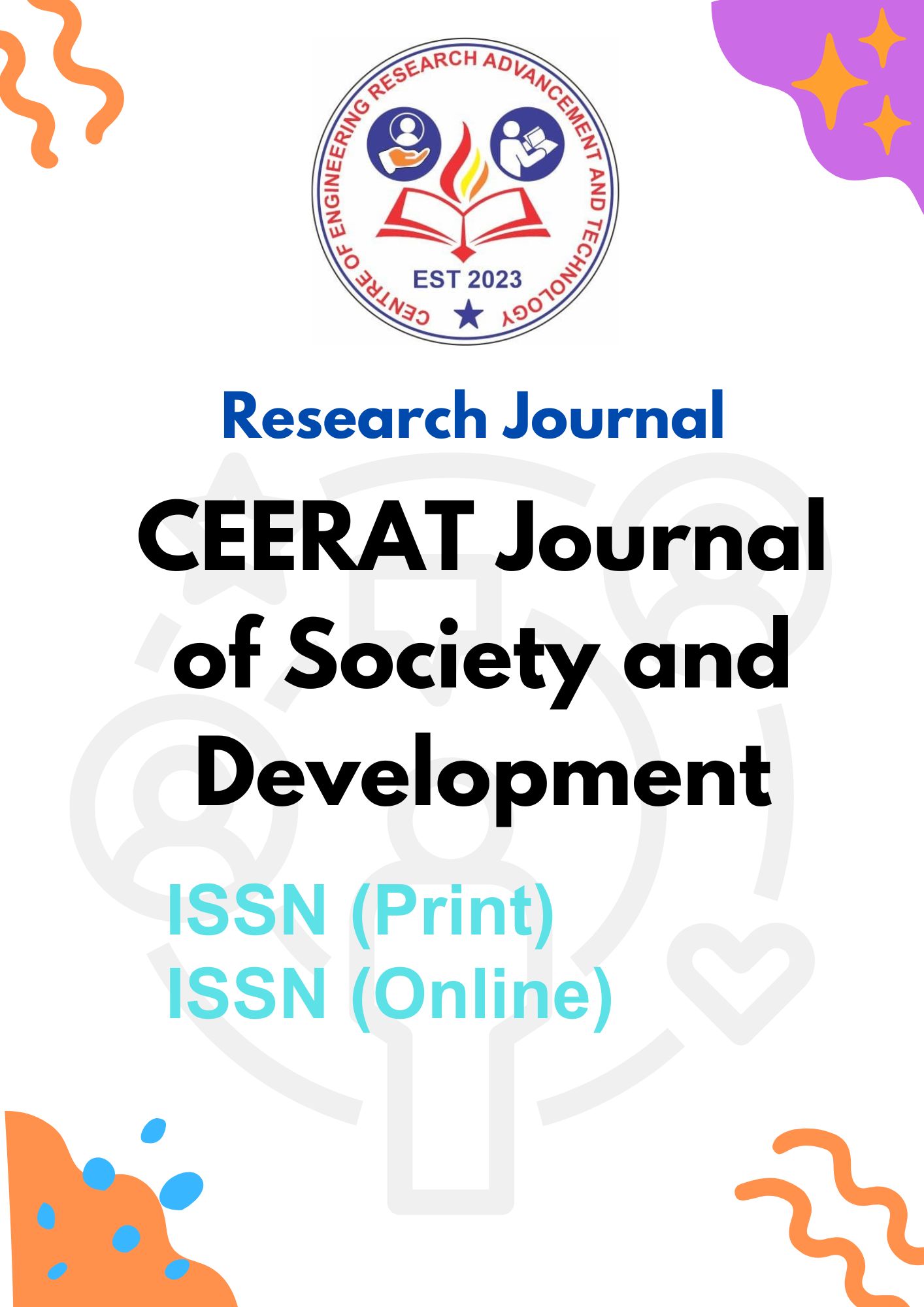The Child Malnutrition in Pakistan: Evidence from National Nutritional Survey 2018
Keywords:
Child Malnutrition, Stunting, Wasting, Underweight, Overweight, Growth and DevelopmentAbstract
Malnutrition is one of the gravest obstacles to a child's optimum growth and development. To understand the on-ground situation, it is crucial to identify the indicators contributing to child malnutrition. The purpose of the study is to determine the factors behind child malnutrition leading to stunted growth. Data was retrieved from the National Nutritional Survey (MNS), 2018. The prevalence and frequency of malnutrition were assessed using data from NNS (2018) to find empirical results of four main variables, i.e., stunted, underweight, overweight, and wasted. The key drivers of undernutrition result in low birth weight, which is a causal effect of maternal nutrition and low nutrient intake; however, the situation differs by province. Punjab has shown a significant decline in stunting, while stunting levels in Sindh remain static. Another issue is that barely more than a third (38 percent) of children less than 6 months of age are exclusively breastfed.




